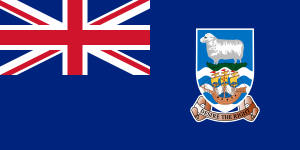
Visa and entry requirements Falkland Islands:
Passport required
No visa is required
Information from the Foreign Office about your Falkland Islands trip:
https://www.auswaertiges-amt.de/de/grossbritanniensicherheit/206408
The Falkland Islands, also known as the Malvinas, are a group of islands in the southern Atlantic. Geographically, they belong to South America and are located around 400 kilometers east of southern Argentina and Tierra del Fuego.
The Falkland Islands are a British overseas territory with internal autonomy. The United Kingdom takes over the defense and its foreign policy, but the archipelago has also been claimed by Argentina since 1833. The Falkland Islands have had their own constitution and parliament since 1985.
The official national currency is the Falklands pound, with 1 FKP corresponding to around 1.15 euros if the exchange rate fluctuates.
Today's landscape of the Falkland Islands was formed by repeated glaciations during the Ice Age, which primarily resulted in the formation of a so-called erosion landscape. Massive fjords, round humps or lakes formed by ice are therefore very typical of the landscape there.
The Falkland Islands area consists of around 200 islands, the most important of which are West Falkland and East Falkland. Other important islands include Barren Island, Beauchene Island, Beaver Island, Bleaker Island, Carcass Island, George Island, Jason Island, Keppel Island, Lively Island, New Island, Pepple Island, Saunders Island, Sealion Island, Speedwell Island, Staats Island , Weddell Island and West Point Island.
The best-known animal species on the islands include albatrosses, South American fur seals, southern elephant seals, several species of birds, killer whales and several million penguins. Countless penguin colonies breed on the predominantly rugged cliffs of most islands. These areas are therefore particularly popular with nature lovers, photographers and ornithologists.
The annual average temperature in the Falkland Islands is just 5 degrees Celsius, so it is mostly cold, windy and rainy. In midsummer from December to February, the highest temperatures can reach up to 20 degrees Celsius.
Argentina's military occupation of the archipelago in April 1982 triggered the Falklands War. Britain responded and recaptured the islands seven weeks later.
Around 3,000 people live on the Falkland Islands, two thirds of whom live in the capital Stanley. Falklanders speak Falkland English, similar to British English, with an accent.
The country's traditional exports are fishing products and wool.
Around 60,000 tourists visit the archipelago every year, but the majority of them are day-trippers who stop there on cruises.
Stanley, formerly Port Stanley, is the only city and capital and seat of government in the Falkland Islands. The port city with around 2,200 inhabitants is the economic and cultural center of the archipelago and is located on East Falkland.
In Stanley there is, among other things, a library, a school, a supermarket, a hospital and some souvenir shops for tourists.
The most important sights in Stanley include the museum, the government house, some war memorials and the southernmost Anglican church in the world - a landmark of the Falkland Islands.
In January 2018, as part of my Antarctic cruise, I visited the cool Falkland Islands for a day.
Stanley is a cozy small town where you can clearly see the British influence. Without tourists, the city sometimes seemed deserted.
A trip to one of the many penguin colonies on Berthas Beach was of course also on my agenda. Berthas Beach also has the only white sandy beach there, for the more special beach vacationers.

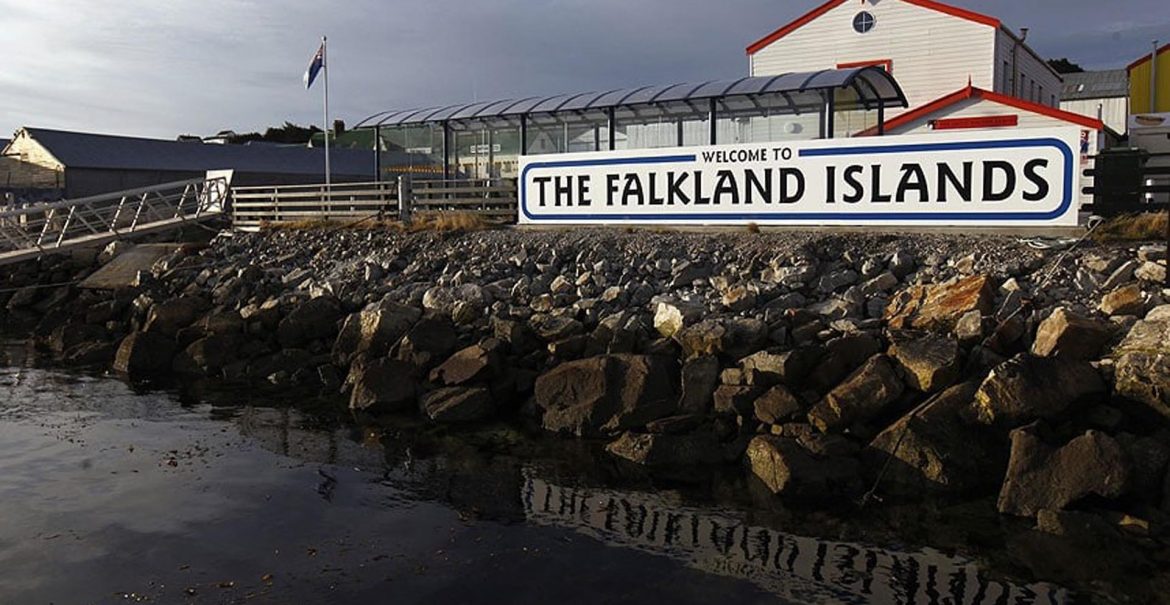







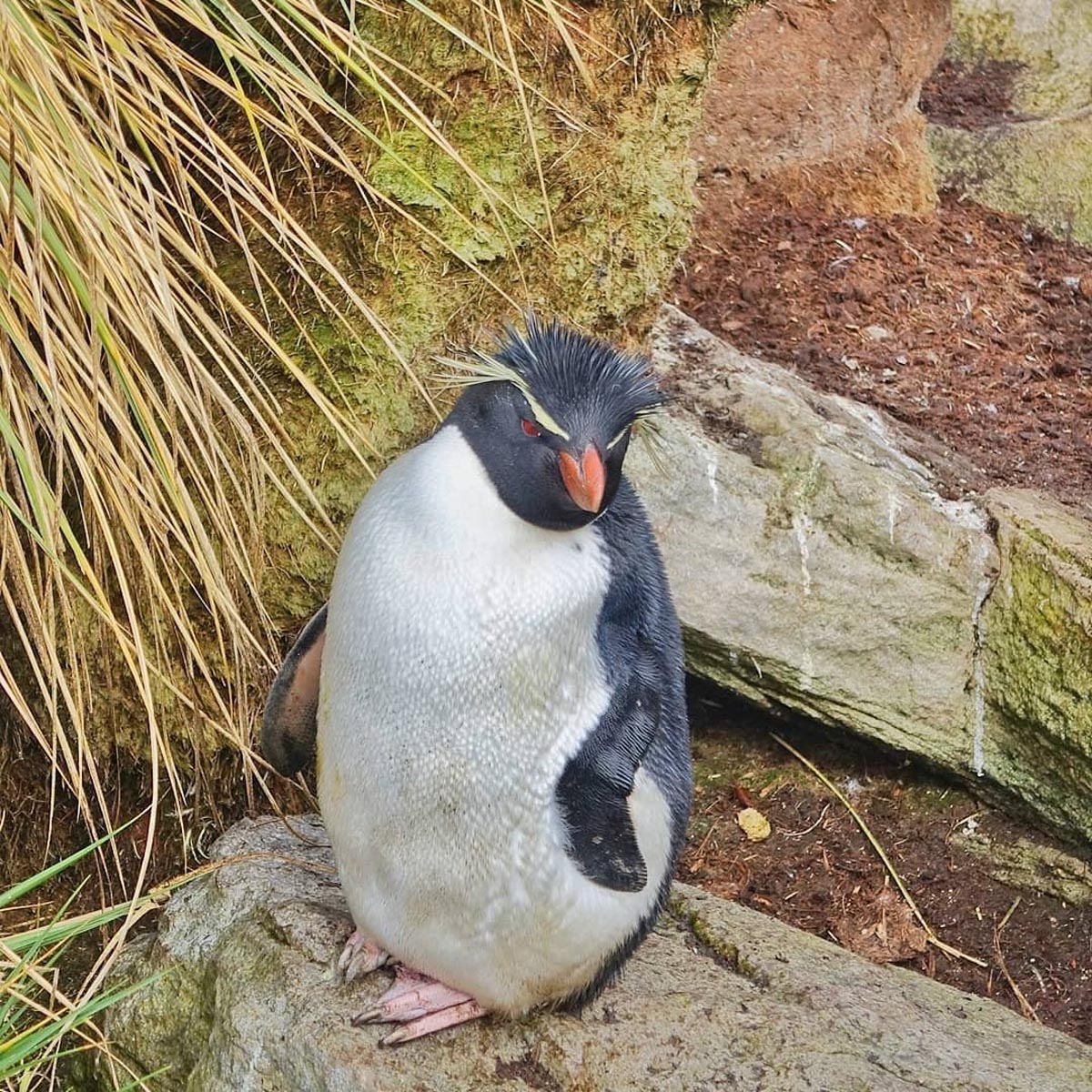

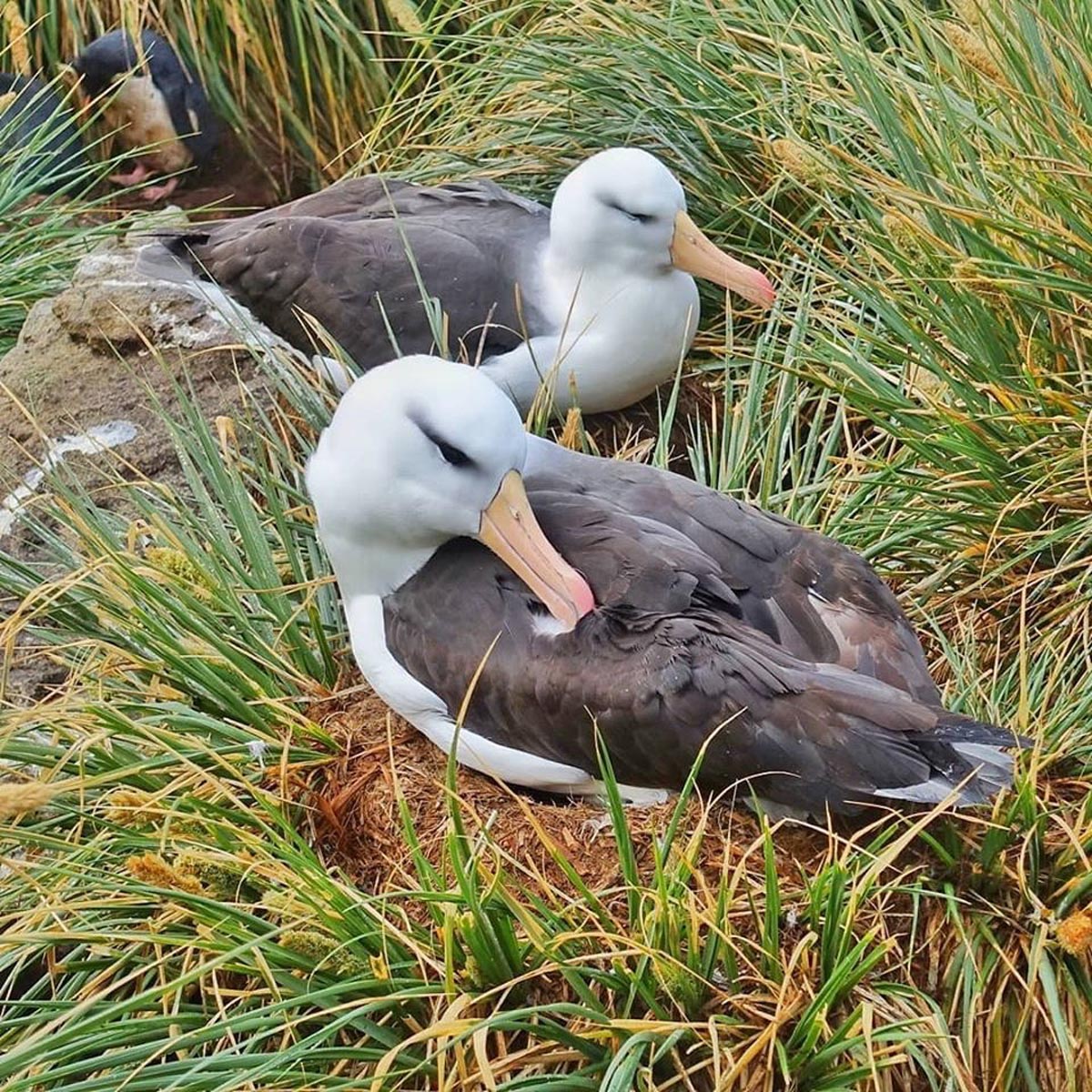

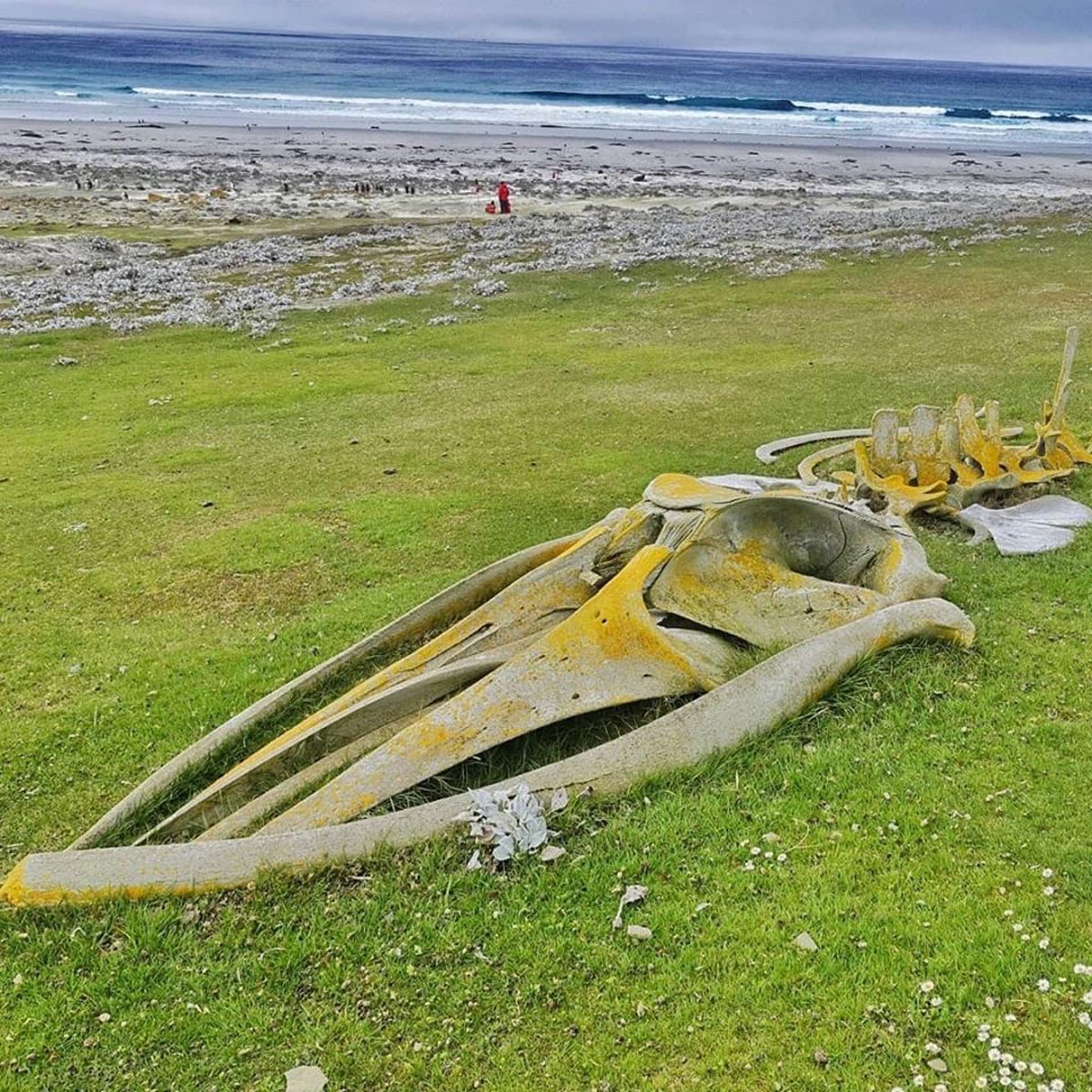

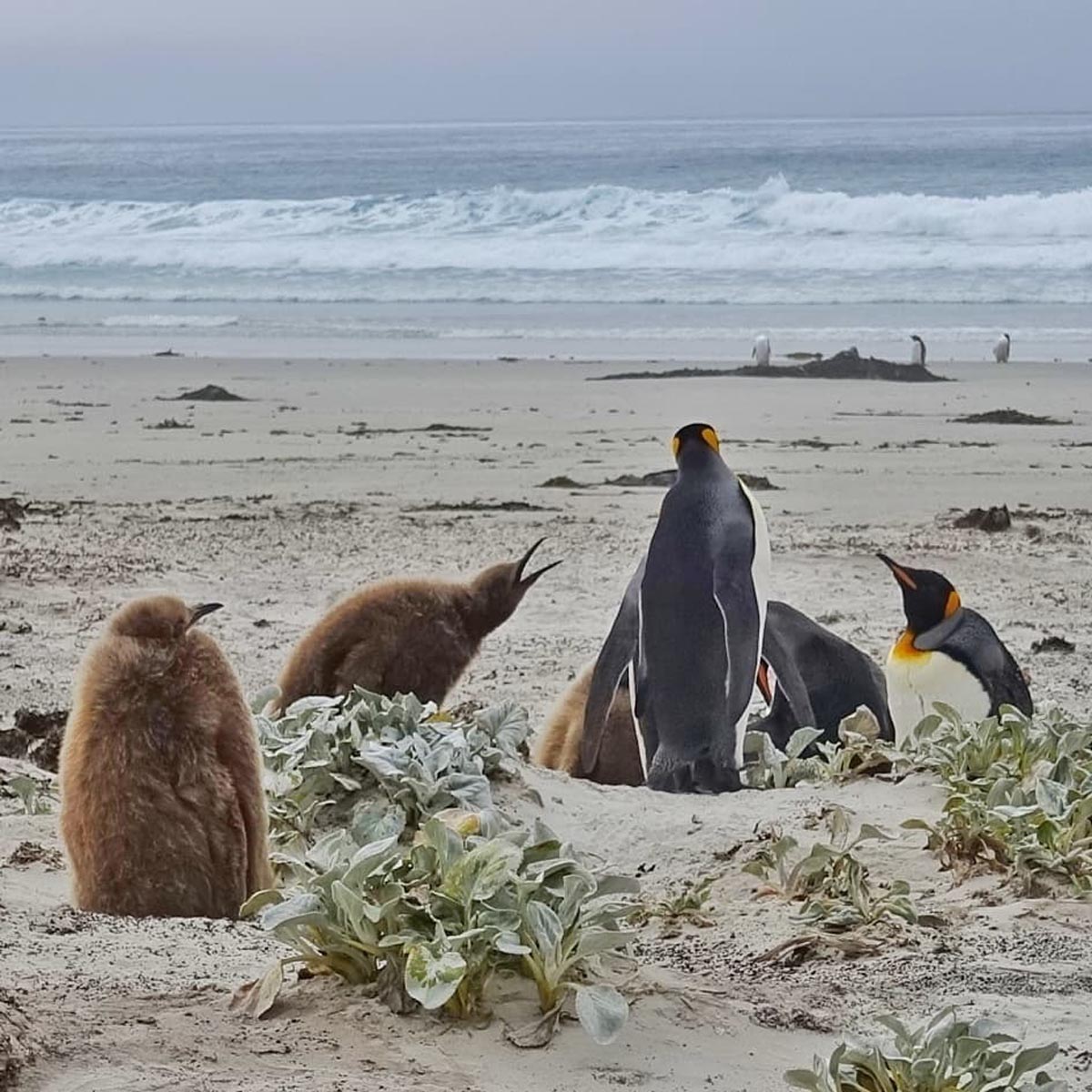


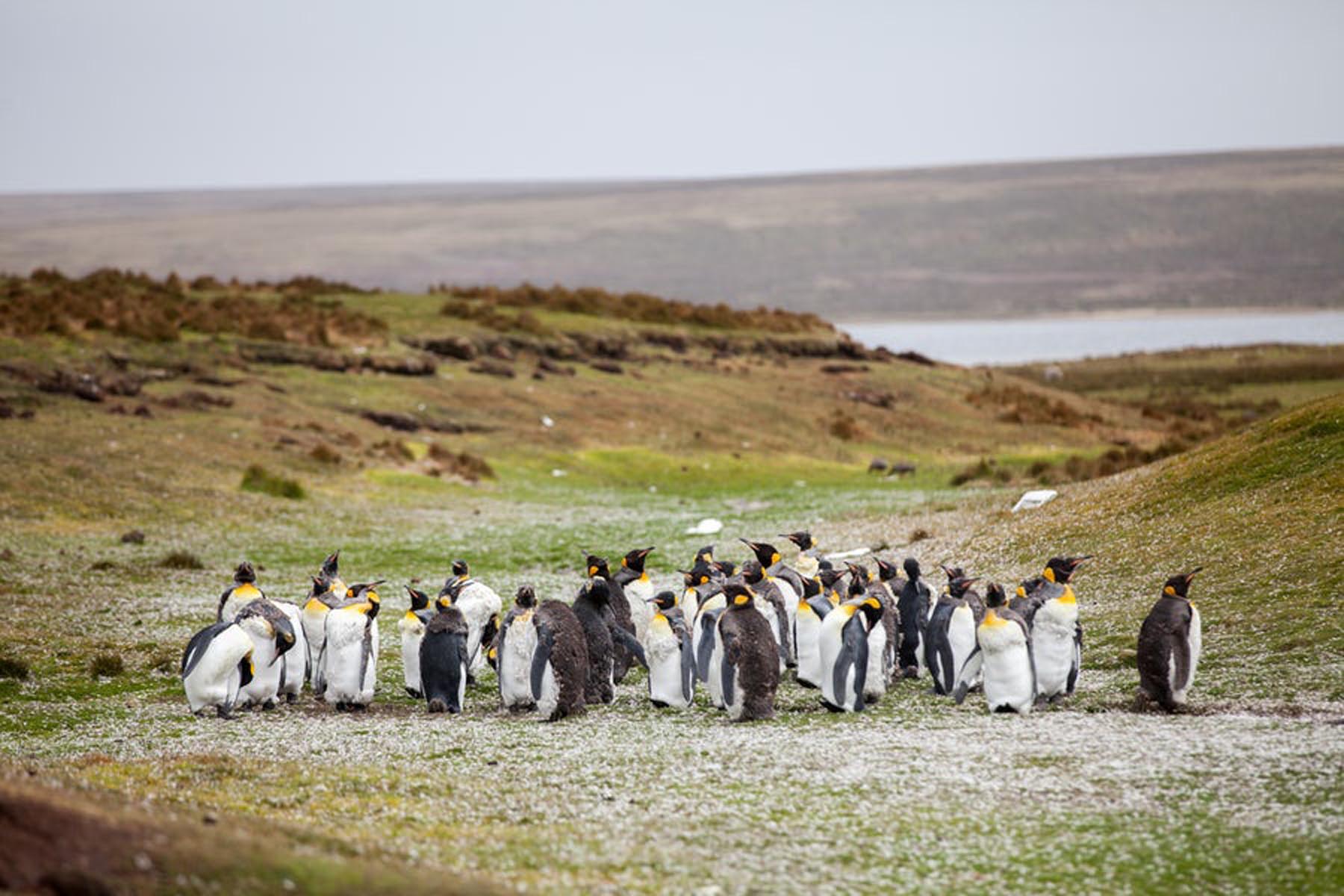

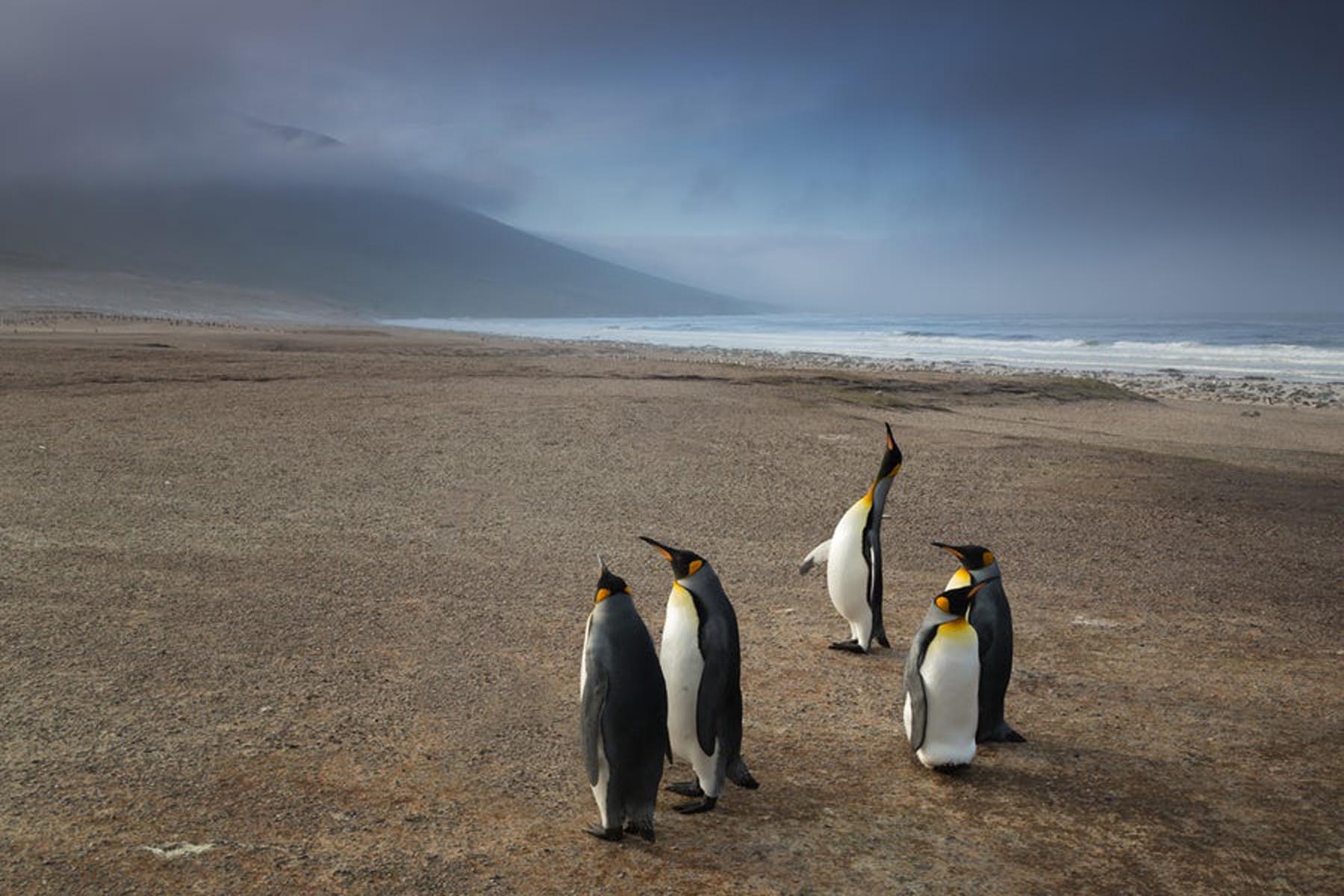
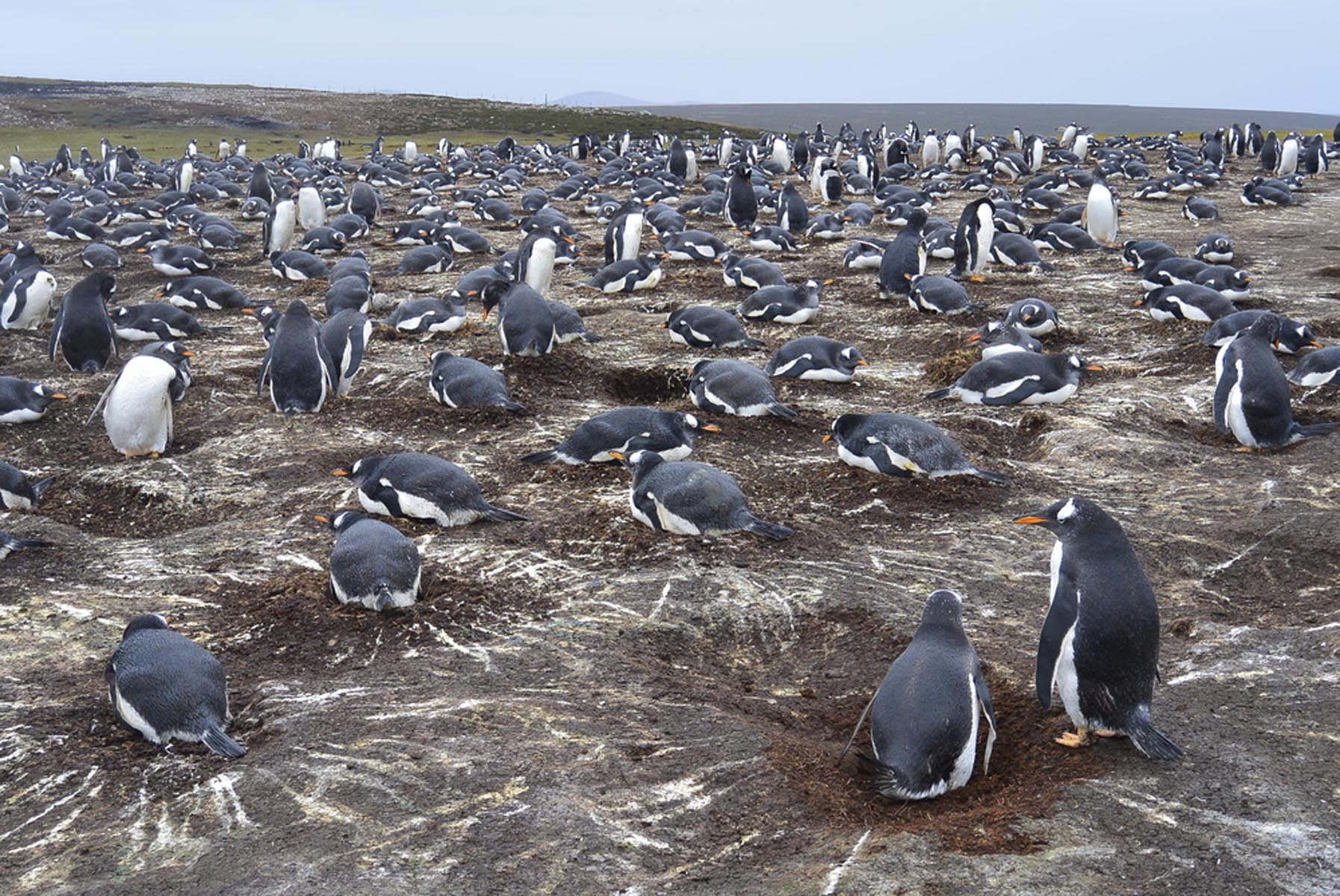
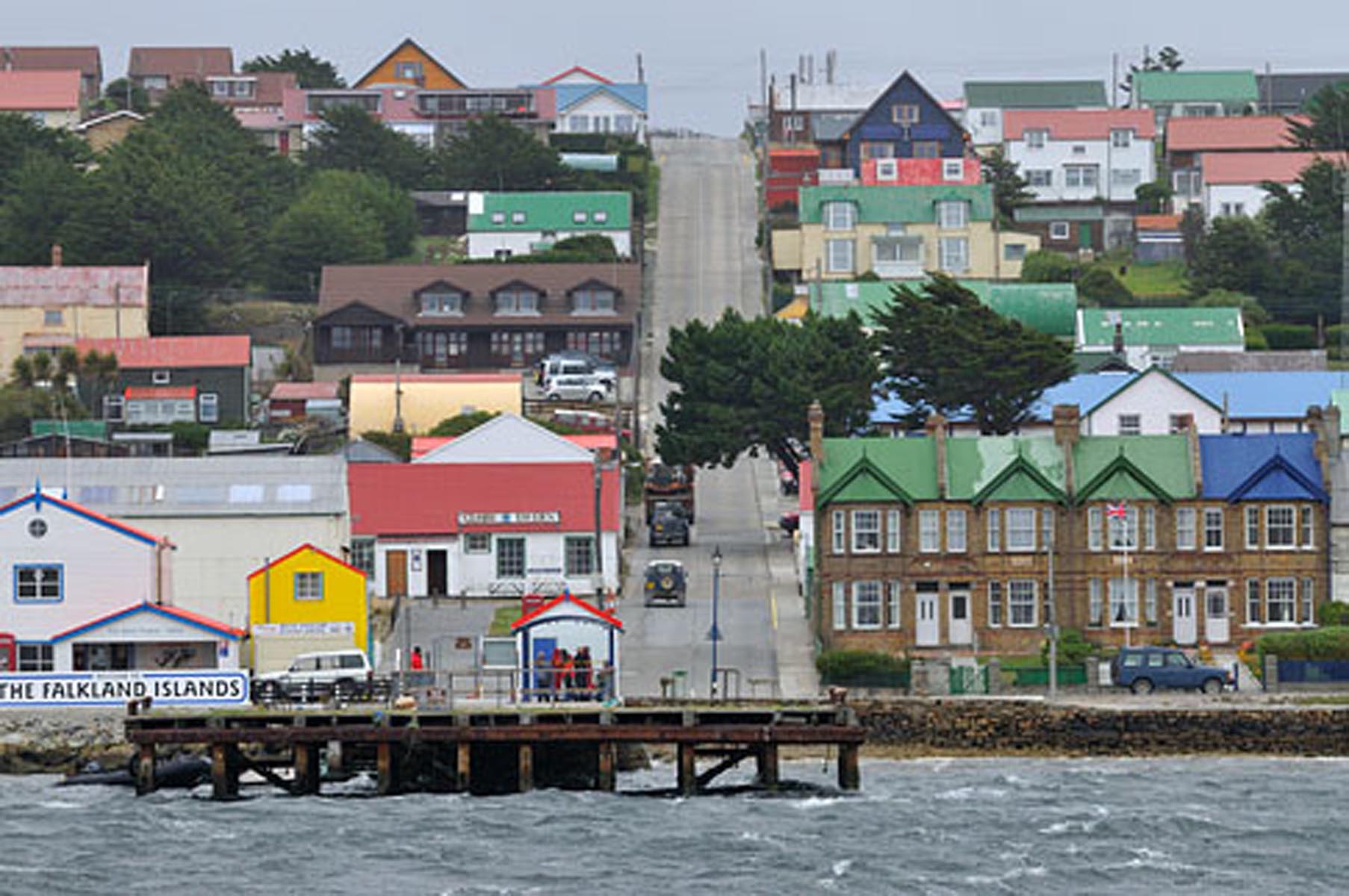



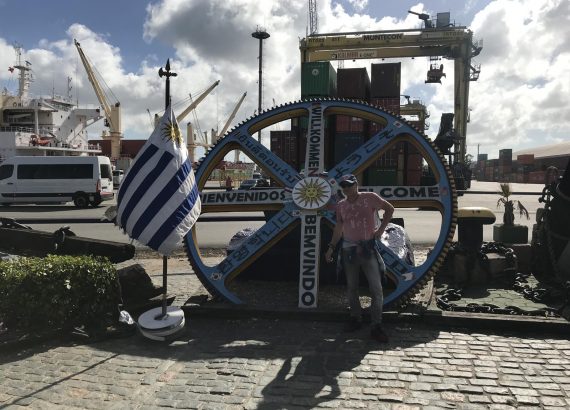
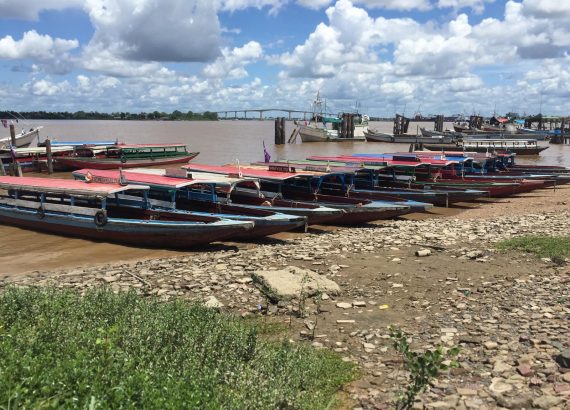
No Comments